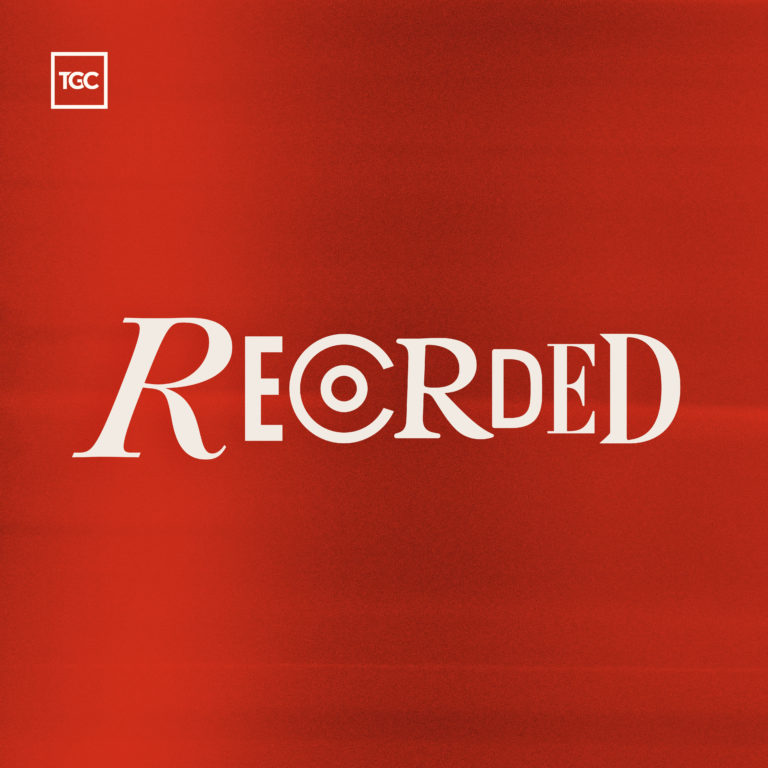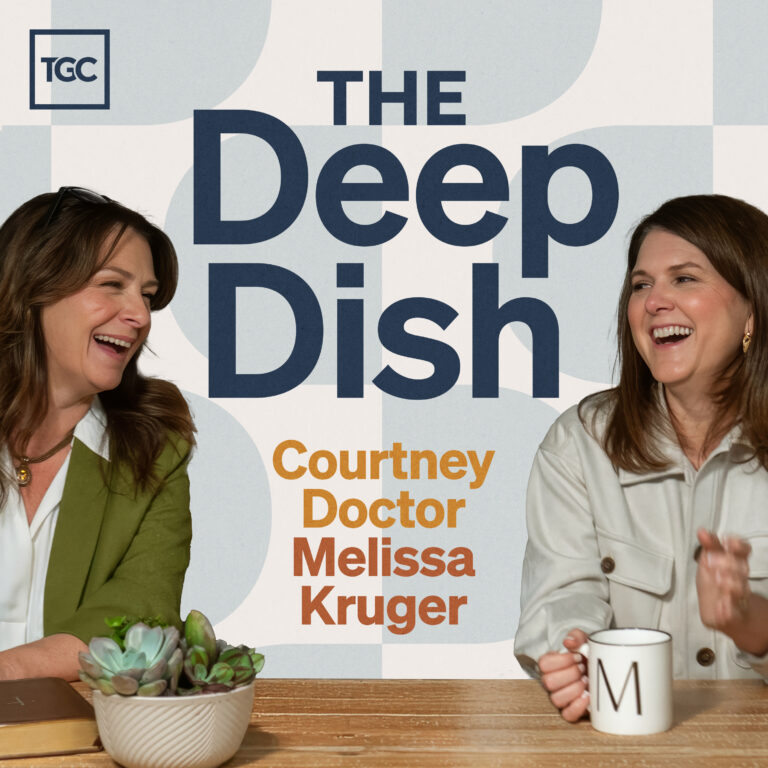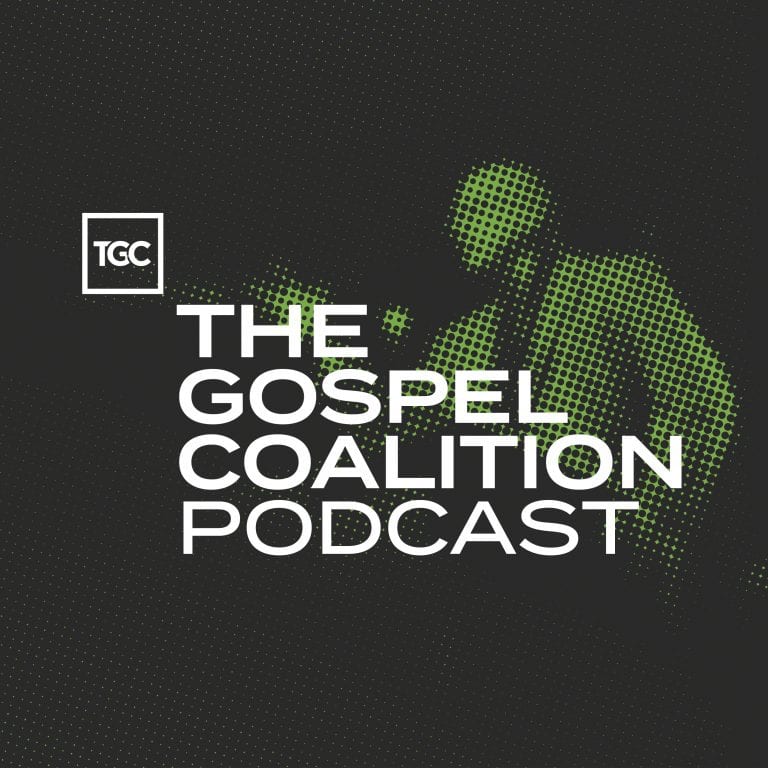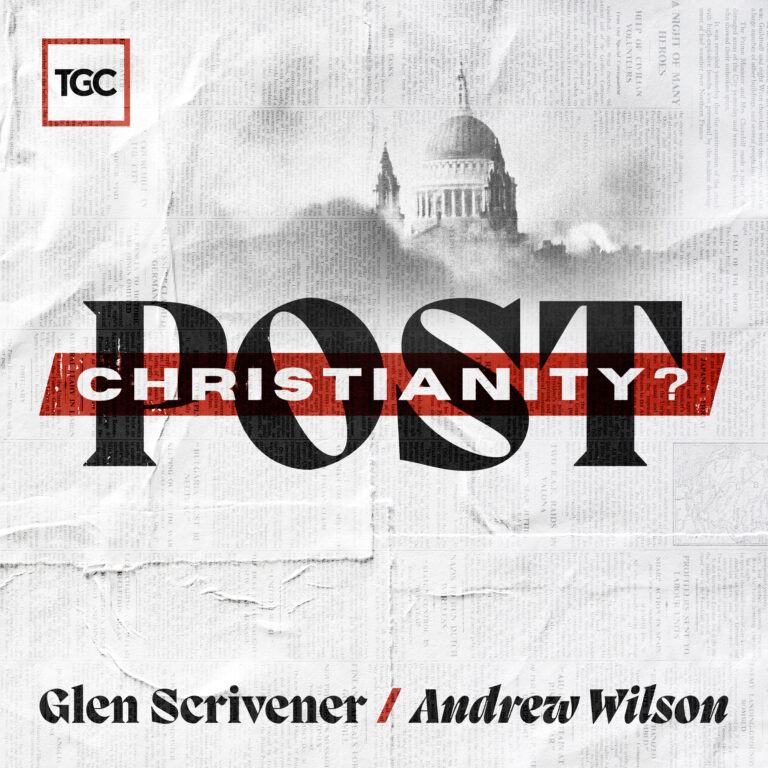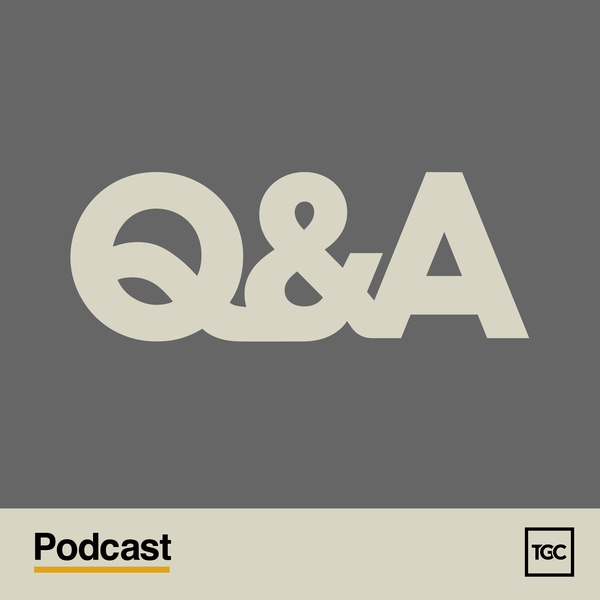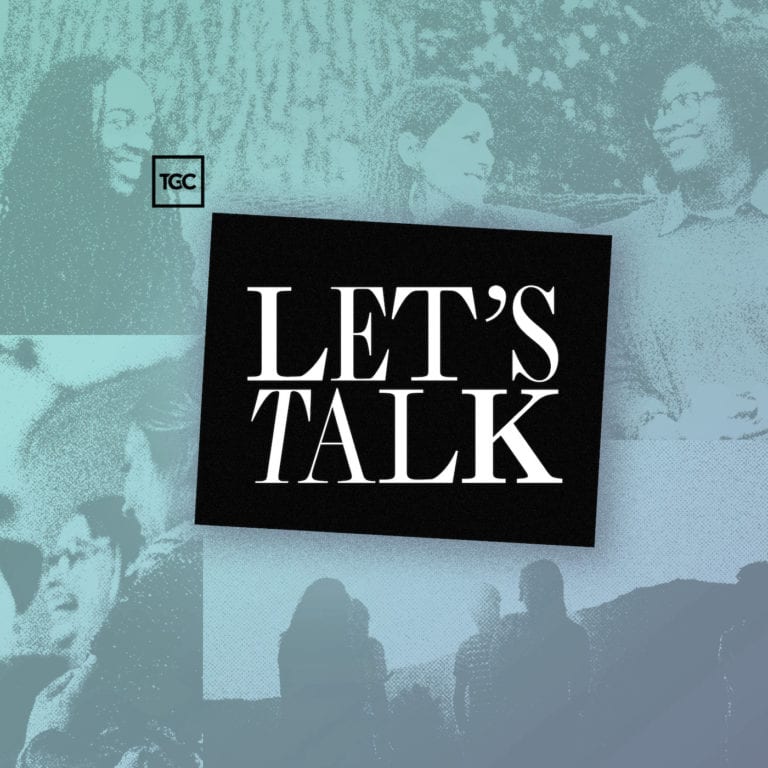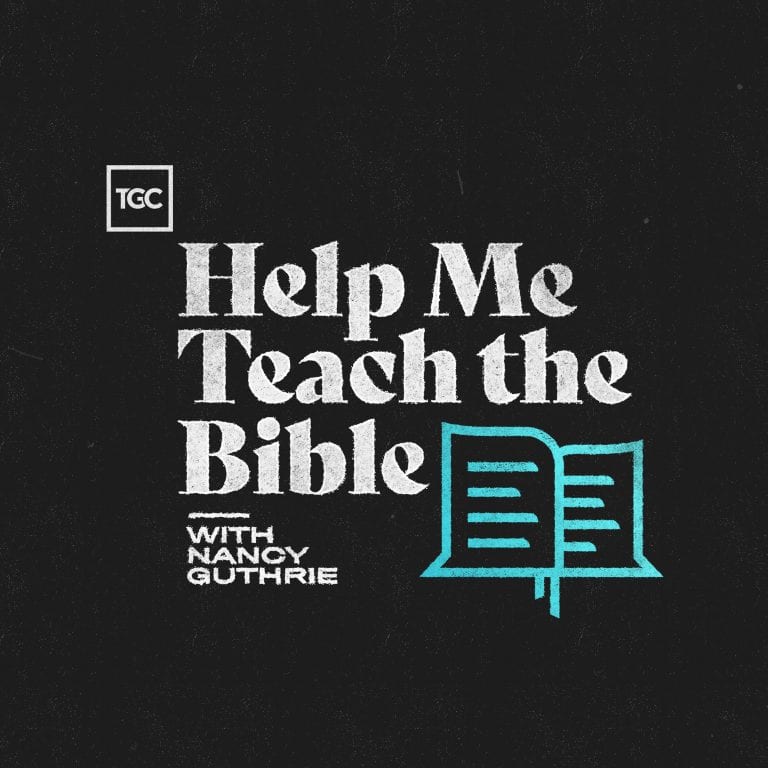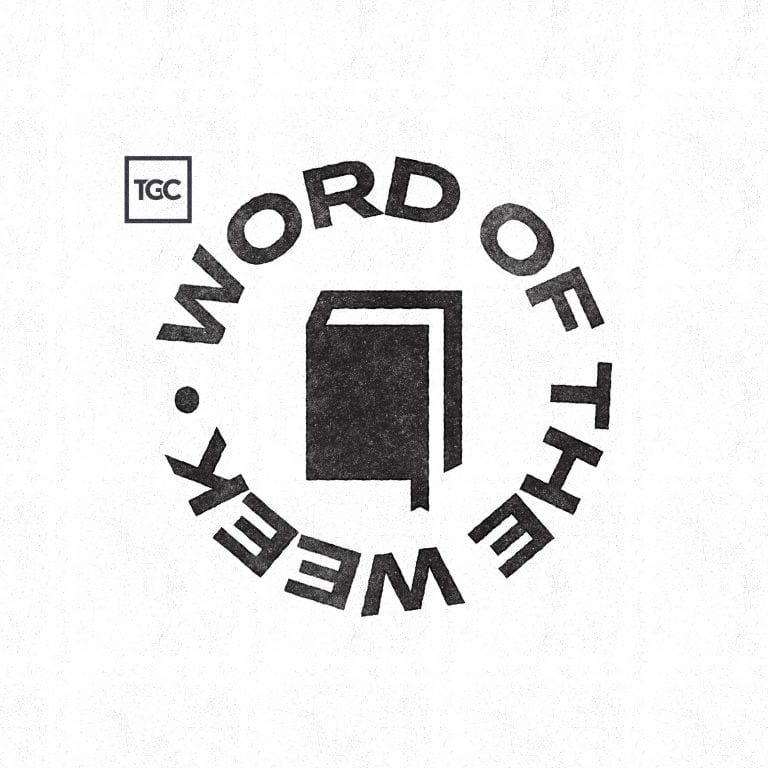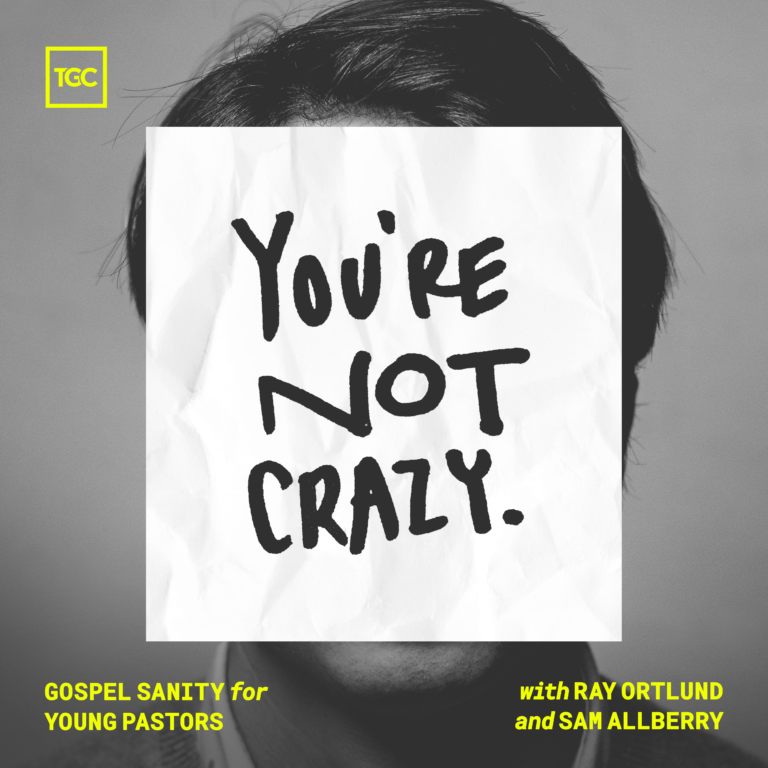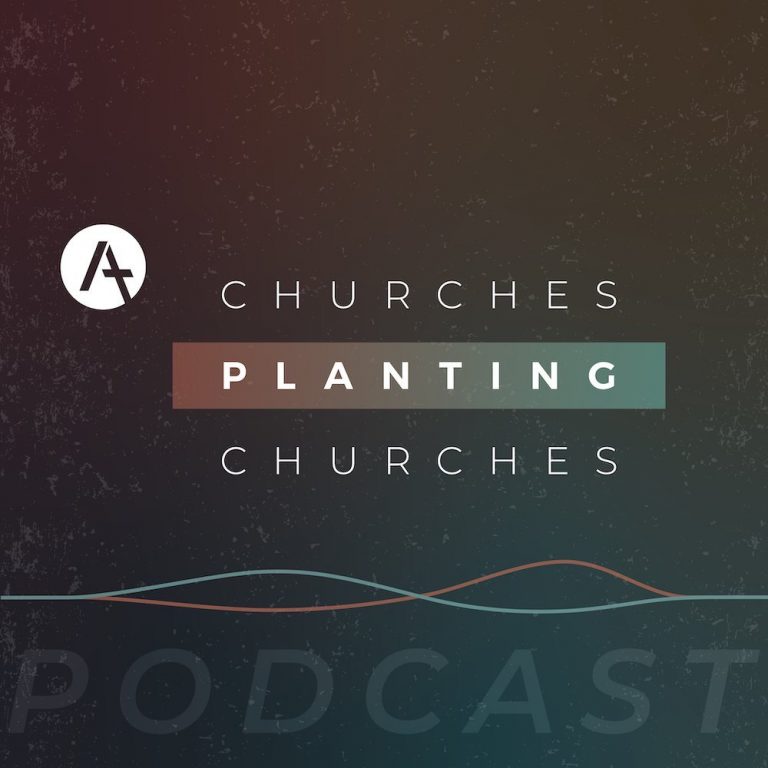Jenny’s got a job, a cat named Jake,
Thirty-one candles on her birthday cake next year
Thought by now she’d have a man
Two car seats and a minivan
But it still ain’t here . . . .
When LeAnn Rimes sang these lines, her angst didn’t have a name. But clearly she wasn’t alone. “Something’s Gotta Give” reached the number two spot on the Hot Country Songs chart in June 2006. Thirteen years later, that feeling of I-don’t-think-I’m-where-I’m-supposed-to-be finally has a name: the Quarter-Life Crisis (QLC). Rachel Jones defines the experience in her new book, Is This It?:
You feel a little bit lost, a little bit lonely, a little bit like you’re looking for something, but you’re not even sure what.
The Quarter-Life Crisis creeps up on birthdays and New Year’s Eves, and it rears its head any time you see on social media that someone you went to school with has had a baby, got a promotion, or simply had the audacity to look happy in a photo. It’s that desire to change something about your life, but being overwhelmed by the options. It’s the uneasy feeling that comes when you take stock of everything around you—the people, the places and the relentless routines of work and washing up—and find yourself asking, “Is this it?” (11)
This may sound strangely familiar—but no—it’s not a midlife crisis, Jones says. “Unlike its older brother, the Midlife Crisis, the Quarter-Life Crisis has nothing to do with buying an expensive sports car.”
Crisis or a Transition?
While the image of a 50-something chasing his fading youthful years, speeding away from responsibility in a red Maserati remains the stereotype, I’d counter Jones. The Midlife Crisis isn’t about a sports car. Most medical experts now identify the Midlife Crisis as a transition, not a crisis. The Midlife Transition (or Crisis) is a similar search for identity and meaning during a period of change, which can bring about an opportunity for growth (or a plunge to deep depression).
As a new widow in my 50s, I struggled with my identity, where I ought to go from there, if God was real, and if anything truly mattered anymore. (If burying the love of your life some 30 years too early isn’t a crisis, I don’t know what is.)
So the Quarter-Life Crisis does sound familiar. But is it truly a crisis? Transition can be a tough sell. But call something a crisis and, at least as I understand it, it garners an outsized focus. To me, the Quarter-Life Crisis is neither unique or new. Even though it may certainly feel like a unique crisis, it’s an experience that’s “common to man” (1 Cor. 10:13).
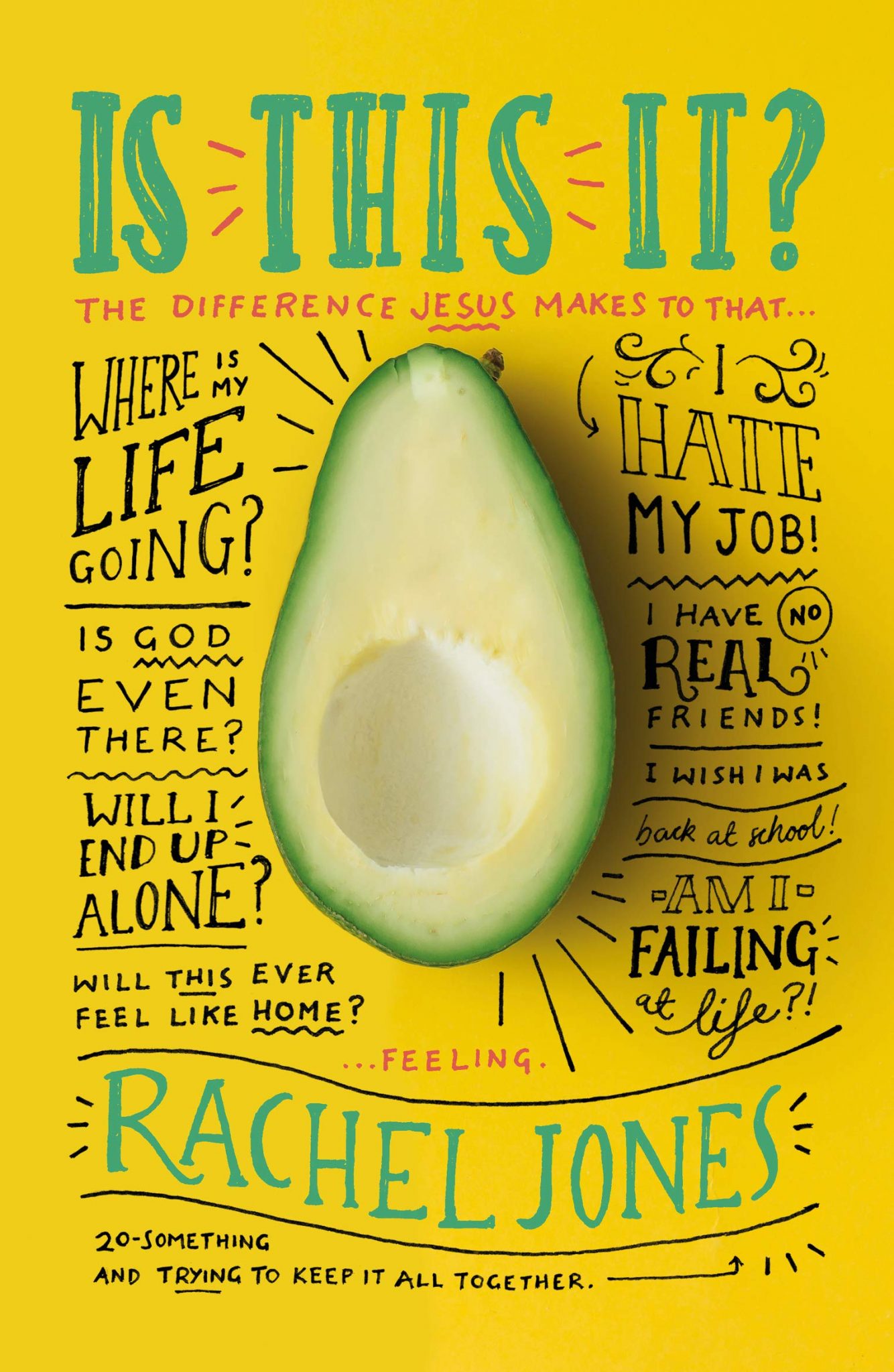
Is This It?
Rachel Jones
Sooner or later, most of us find that adult life is not all its cracked up to be. At some point most of us take a look at where we’ve got to and wonder: “Is this it? Why did no one warn me that adult life was going to be this difficult?”
Rachel Jones is 20-something, trying to keep it together, and ready to say what we’re all thinking. Whether you’re just feeling a bit lost or having a full “quarter-life crisis,” this funny, honest, hopeful book reveals the difference Jesus makes to the angst of adulting.
Anticipating these objections, Jones writes:
People my parents’ age tend to think that my generation just needs to grow up. God thinks something different: that we need to grow like Jesus. . . . Because persevering in following Jesus offers us something truer and better than chasing anything else in our 20s and 30s can. (13–14)
Persevering in following Jesus offers something truer and better? Amen and amen.
Crisis or not, we shouldn’t dismiss the younger generation’s search for answers to some of the oldest questions on the planet. As one old enough to be Jones’s mom, I could choose to shake my head and roll my eyes and miss an important opportunity to empathize with a younger fellow-seeker. I’d then miss the chance Rachel Jones does not: to point a younger person to Christ.
Successes and Shortcomings
Jones offers a warm conversational tone with a slightly self-depreciating sense of humor. Each chapter stands alone, but the entire book could be read in an afternoon. After listing 31 reasons why you might need this book, Jones walks readers through 12 struggles that relate to the QLC and asks some honest questions such as:
- Has everyone else got it better than me?
- What should I do with my life?
- I’ve got how long until I retire?
- Is God even real, or am I wasting my life?
Jones wraps things up with the all-encompassing statement that captures the gist of the QLC: “This just isn’t how I imagined my life would go” (199).
One of the shortcomings of Jones’s book is that she heavily leans on experience and less on research, but she does offer concrete applications of the gospel to a 20-something’s needs. Every chapter points to Scripture that speaks directly to each angst. In the chapter on dissatisfaction, Jones’s conversational tone transforms into something rather gorgeous: She lists nine qualities of Christ applied to the verse “to live is Christ, to die is gain” (Phil. 1:21). This book can speak to Christian and non-Christian, young and old, as a poignant reminder where true satisfaction lies.
Don’t Waste Your Life
Almost two decades ago, John Piper spoke to 40,000 college students and challenged a generation to not waste their lives. He read an account of a couple’s dream: to retire early and collect seashells on the beach. He called their dream a tragedy as he envisioned what lies ahead for them after their earthly life is done:
With all my heart I plead with you—don’t buy that dream. . . . As the last chapter before you stand before the Creator of the universe to give an account with what you did: “Here it is, Lord—my shell collection. And I’ve got a good swing. And look at my boat.”
A generation of believers has since been somewhat haunted by the fear of making such tragic choices. Perhaps millennials are simply seeking to be certain that their lives matter as well, in their own way. LeAnn Rimes hoped to find meaning in human relationships. Rachel Jones rightly tells us where it is: in Christ alone.





















